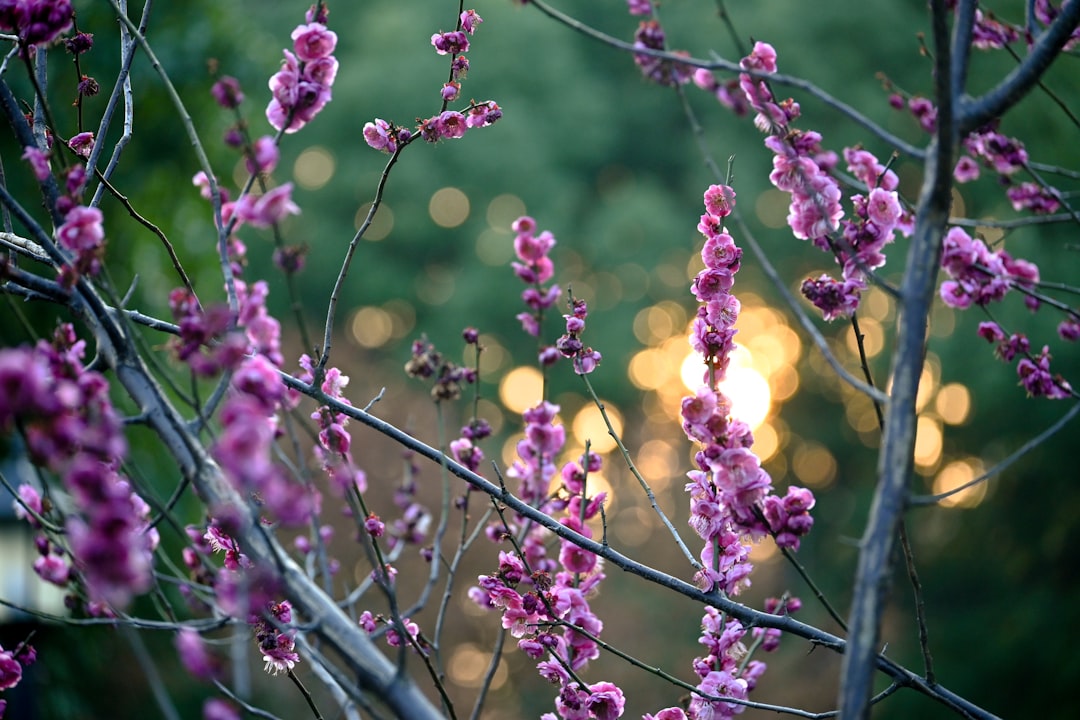Unleash the Magic of Lavender in Containers

Are you looking to add a touch of elegance and a delightful fragrance to a sunny corner of your home or garden? Look no further than growing lavender in pots. Lavender, with its beautiful purple - hued flowers and calming aroma, is not only a visual treat but also has numerous practical uses. In this article, we'll guide you through the steps of planting and caring for lavender in containers, ensuring a thriving and aromatic addition to your edible gardening endeavors.
Choosing the Right Lavender Variety
There are several varieties of lavender available, each with its own unique characteristics. Some popular choices for container gardening include English lavender (Lavandula angustifolia), French lavender (Lavandula stoechas), and Spanish lavender (Lavandula dentata). English lavender is known for its sweet fragrance and is often used in culinary applications. French lavender has showy bracts on its flower spikes, adding an extra decorative element. Spanish lavender, with its distinctive pineapple - shaped flower heads, is also a great option. Consider your climate, the purpose of growing lavender (whether it's for ornamental, culinary, or medicinal use), and the available space when selecting a variety.
Selecting the Ideal Container
The container you choose for your lavender is crucial. It should have good drainage holes to prevent waterlogging, as lavender does not tolerate wet feet. Terracotta pots are a popular choice as they are porous and allow the soil to dry out more quickly. The size of the container should be appropriate for the mature size of the lavender plant. A container that is at least 12 - 16 inches in diameter and depth is recommended for most lavender varieties. This gives the roots enough room to spread and grow.
Preparing the Soil
Lavender thrives in well - drained, slightly alkaline soil. You can create a suitable soil mix by combining equal parts of potting soil, sand, and perlite. This mixture ensures good drainage and aeration for the roots. You can also add a small amount of lime to the soil to increase its alkalinity. Before planting, moisten the soil slightly so that it is damp but not soggy.
Planting the Lavender
When planting lavender in a container, start by filling the container about two - thirds full with the prepared soil. Gently remove the lavender plant from its nursery pot, being careful not to damage the roots. Place the plant in the center of the container and add more soil around it, pressing down gently to secure the plant. Leave about an inch of space at the top of the container to allow for watering. Water the newly planted lavender thoroughly until water drains out of the bottom of the container.
Providing the Right Amount of Sunlight
Lavender is a sun - loving plant and requires at least 6 - 8 hours of direct sunlight per day. Place your container in a sunny location, such as a south - facing balcony, patio, or a sunny window sill. If you live in an area with extremely hot summers, some afternoon shade may be beneficial to prevent the plant from getting stressed.
Watering and Fertilizing
One of the most important aspects of caring for lavender in containers is proper watering. Lavender is drought - tolerant and prefers to be on the dry side. Water the plant only when the top inch of soil feels dry to the touch. Overwatering can lead to root rot and other problems. When watering, water deeply so that the water reaches the roots. As for fertilizing, lavender does not require a lot of fertilizer. You can apply a slow - release, low - nitrogen fertilizer once in the spring. Avoid using high - nitrogen fertilizers as they can promote excessive foliage growth at the expense of flower production.
Pruning and Maintenance
Regular pruning is essential for keeping your lavender plant healthy and bushy. After the first flush of flowers has faded, use sharp pruning shears to trim back about one - third of the plant's growth. This encourages new growth and more flower production. In the fall, you can give the plant a more substantial pruning, cutting it back to about half its size. This helps the plant survive the winter and promotes vigorous growth in the spring. Also, keep an eye out for pests and diseases. Lavender is generally resistant to most pests, but aphids and spider mites can sometimes be a problem. You can use an insecticidal soap or neem oil to control these pests.
Harvesting and Using Lavender
Once your lavender plant has reached maturity, you can start harvesting the flowers. The best time to harvest lavender is when about half of the flowers on the spike have opened. Use sharp scissors or pruning shears to cut the flower spikes just above the leaves. You can dry the lavender by hanging the flower spikes upside down in a cool, dark, and well - ventilated area. Dried lavender can be used in a variety of ways, such as making potpourri, sachets, or adding it to culinary dishes. In the kitchen, lavender can be used to flavor desserts, teas, and even savory dishes like roasted meats.
In conclusion, growing lavender in containers is a rewarding experience that allows you to enjoy the beauty and fragrance of this wonderful herb right at your fingertips. By following these planting steps and care tips, you can have a thriving lavender plant that adds charm and functionality to your edible gardening space.